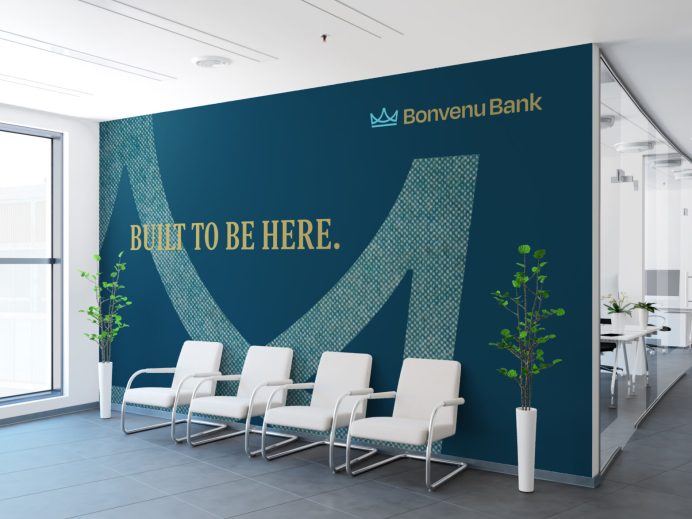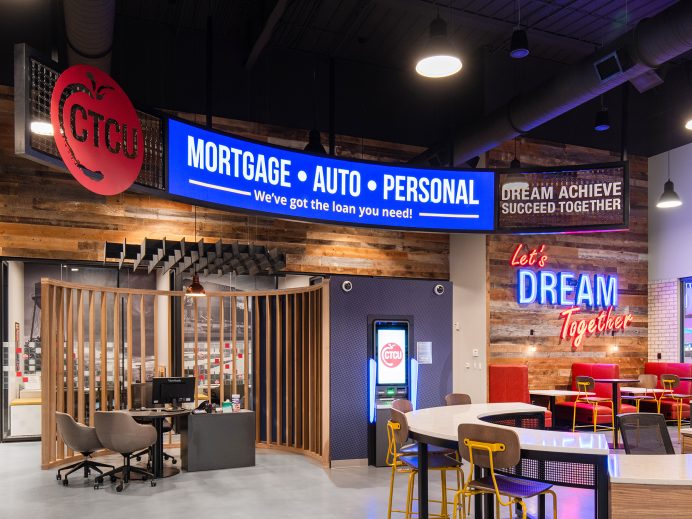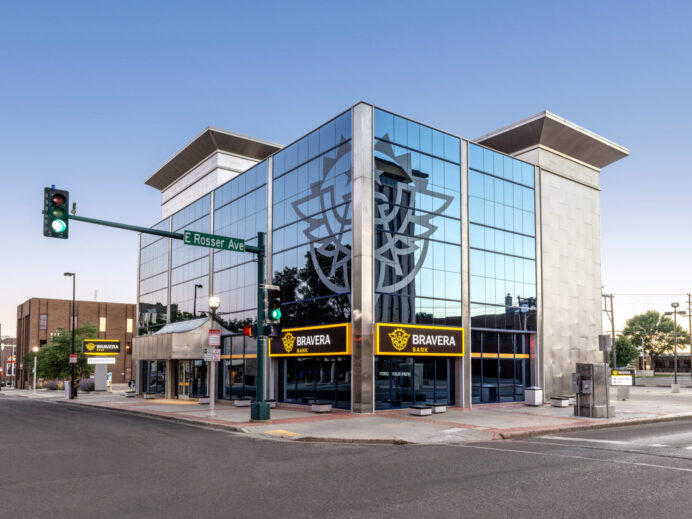
After launching worldwide in 2017-18, TikTok quickly became known for its short-form user-generated videos – from confessional and POV, dance routines and DIY, to comedy and educational content – spanning 15-seconds to the newly extended three-minute option. A place for real content from real creators, TikTok features organic, authentic interactions and conversations between regular people. Upon passing a one billion milestone, TikTok spoke to their purpose: “Our mission is to inspire creativity and bring joy. Today, we’re celebrating that mission… More than 1 billion people around the world now come to TikTok every month to be entertained as they learn, laugh, or discover something new.”
Being the Brand
With such a broad, deep and continually expanding footprint, it would seem only natural that brands would want to get in on the action. “Trends are the currency of the Internet and TikTok is the breeding ground of today’s most permeating trends and memes,” according to Sprout Social’s exploration of TikTok. “If you’ve heard it, seen it, or laughed at it somewhere on social media, chances are it’s already gone viral on TikTok.” But TikTok is such a unicorn of a social channel, knowing how to have a presence on the platform and not be cringe can be particularly challenging for brands, as the typical engagement rules for shared/social media seem to no longer apply to this video trailblazer.
Brands that fall flat run the risk of getting righteously roasted, like Buzzfeed who got called out for repurposing content. “One of the biggest failures we see brands make on TikTok is repurposing content from other platforms – what works on Instagram is different to the content that works on TikTok and vice versa,” according to a round-up of brands using TikTok. “Unfortunately, Buzzfeed didn’t get the memo. Their recycled content is uninspiring, lazy, and their edit style is not in line with TikTok’s native editing standards.” Another mistake is trying to shoehorn in a trend in or leaning into a “topic that users on TikTok simply don’t care about.”
As a result, many brands have steered clear of the platform entirely. But is staying away from a conscious strategy or just a convenient one? “Social is an environment with a formula – share curated content, create a personal brand, amass a following, reach influencer nirvana,” according to Sprout Social. “But TikTok disrupts that. That’s why it’s as frustrating as it is fascinating to break into for influencers and brands.” Particularly prime with this platform: Knowing when and how to say something. As such, wading into the water and watching is how many business brands (including us) are finding their footing. No one likes anyone barging into a party that’s already started, and awkwardly announcing their arrival…
Social Media Audit
To find out whether a brand might want to be on TikTok (or any social media platform for that matter), Gini Detrich, creator of the PESO Model for brand communications, recommends a vetting process that includes four steps:
1. Identify your 10 best keywords and use Google and social listening to identify relevant topics
2.Leverage Google analytics results and referrals to identify social channels sending the most traffic
3.Survey your (current and ideal) audience and ask them which social channels they use
4. Ask your customer/client-facing team to discuss social in conversation to find your audience
Once discovery is complete and brands know where their audience is, they’ll be able to fine-tune “social media activities to not only focus on the channel, sending you the most visitors but the ones sending you the right visitors.” For many brands, their fans may not be on TikTok yet, but that’s why it’s so important to have an ongoing real-time audit of your brand’s audiences.
Brand Best Practices
One way brands are showing up on TikTok is by authentically engaging with content creators rather than becoming the creators themselves. A good example of this engagement-first strategy is the brand response to TikTok user Emily Zugay who deadpan delivers her assessment of instantly recognizable logos and her bad redesign of them. Brands that were paying attention started requesting in the comments that their brand be up next, showing they’re in on the joke. “Despite misspellings of names, and mismatched shapes and colors, the brands loved their new logos, and even replaced their TikTok profile pictures with them,” according to Newsweek. “The Washington Post, Tinder, Nascar, Tampax, the Detroit Lions and even TikTok’s official accounts now display Zugay’s redesign proudly.”



